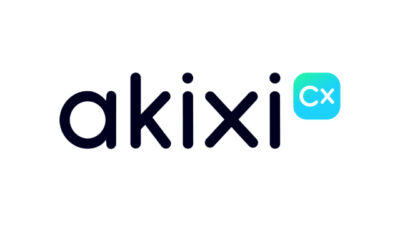There’s no doubt that the advantages of SIP trunking over ISDN30 are being recognised but anecdotal evidence from our customers suggests that many network providers are reluctant to actively sell SIP over ISDN, wrongly suggesting that it’s not fully proven.
Why would they do this?
Some vendors may have a commercial interest in keeping customers on ISDN30s because they get a much more lucrative, recurring revenue stream. Take a simple comparison of the typical annual cost of running 30 channels over one year:
ISDN30 – £6480/year
SIP trunk – £1710/year
That’s a saving of over 70%.
In other words, by selling SIP trunks to everyone on ISDN30s, the network vendors would have to deal with a 70%+ revenue churn – which they simply can’t afford to do. And I’d suggest that this is why they create a climate of uncertainty around SIP trunks.
In reality though, from a user perspective there are no grounds for fearing SIP: SIP trunking beats ISDN30 hands down every time. Apart from the huge cost savings, it offers more features, improved functionality and greater flexibility, all contributing to business agility.
For example, call diversion in the case of disaster recovery is enhanced significantly. Whereas with ISDN30 all numbers have to be diverted to just one number, with SIP trunks you can divert by DDI – your admin calls could be diverted to a branch office, your support calls to a mobile, your CEO’s calls to a personal number, and so on.
Similarly, the ability to perform the diversion becomes painless. Unlike ISDN30s where you’d have to brief an exchange engineer and wait for hours for the divert to be invoked – and in a disaster recovery situation even a 30 minute wait can feel like an eternity – with SIP you can rapidly and automatically divert calls yourself via straightforward web access.
And in addition to all this, once you’ve got the SIP service set up and carrying your voice traffic (VoIP), you can layer other services in the same pipe, such as data and Internet, and scale the services up or down as required by the business.
So is SIP always the better option?
Well, no it isn’t. It matters a lot who you get it from. SIP for all its cost advantage and functionality is a complex technology and needs to be purchased from an experienced provider, supported by a detailed PBX interoperability plan and a robust Service Level Agreement. The plan should go beyond sending a single piece of paper with little more than make and take a call as the success criteria. You can find out about our calls and lines options here at Redcentric, but in the meantime, be very wary of anyone emailing you set-up instructions that can be printed off on a sheet of A4!



